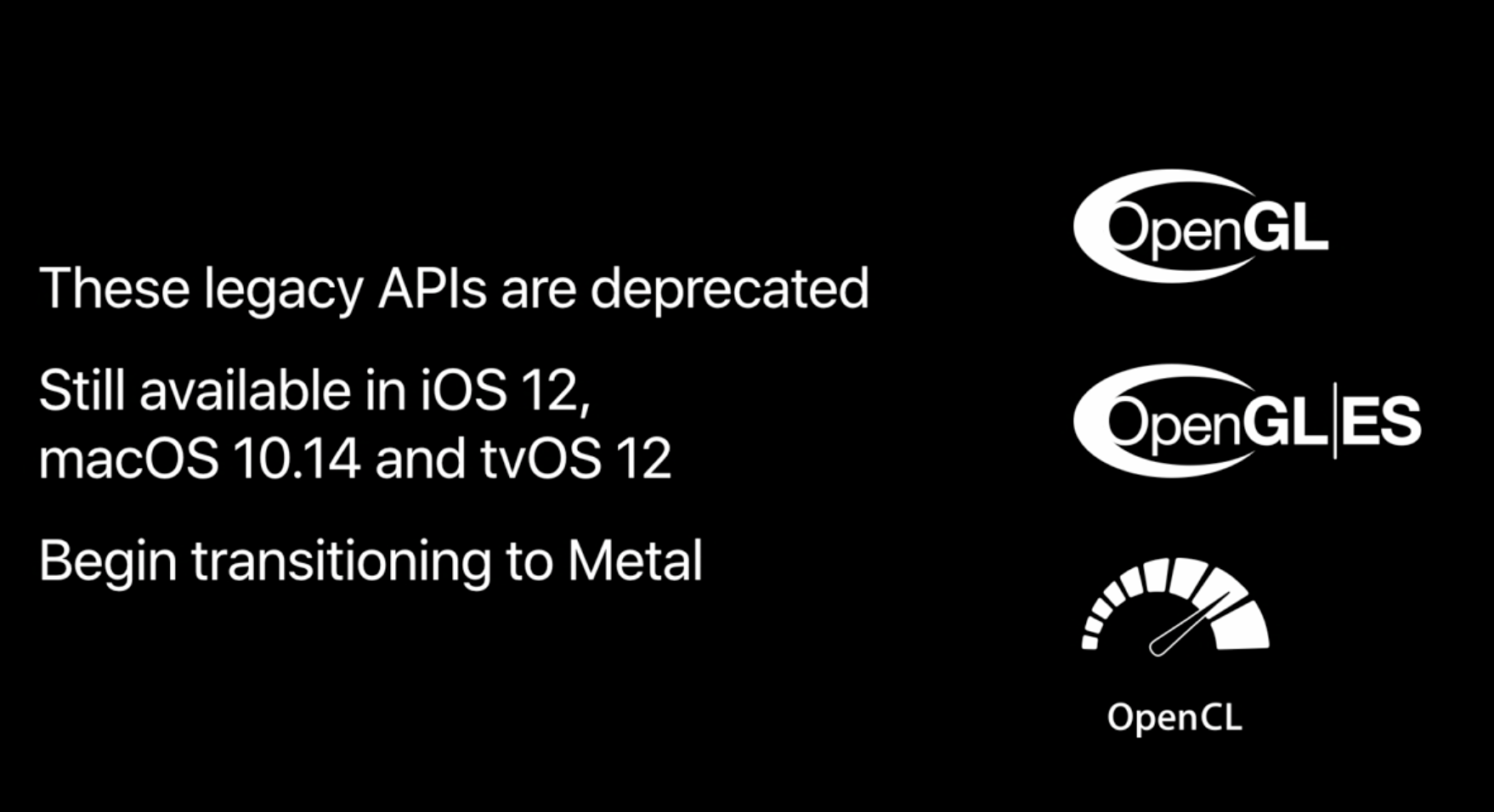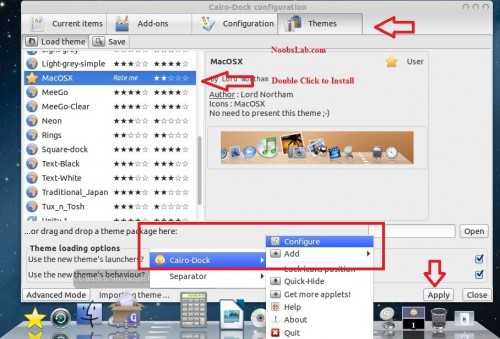

- #UPDATE OPENGL MAC OS X UPDATE#
- #UPDATE OPENGL MAC OS X DRIVER#
- #UPDATE OPENGL MAC OS X FULL#
- #UPDATE OPENGL MAC OS X SOFTWARE#
- #UPDATE OPENGL MAC OS X CODE#
#UPDATE OPENGL MAC OS X DRIVER#
Well nooooooot the intel development team did the least development on windows driver and still does not give me a positive reply for opengl 3.3 driver support on windows. Intel hd graphics 3000 opengl 3.3 driver download - the time now is mrsoccer i have the same problem. Open graphics library for embedded systems opengl es is an application programming interface api to graphics hardware. Sketchup requires a graphics card that supports opengl 3.0 or better. I'm trying to solve the intel hd graphics versions that. When you drag an OpenGL app from a monitor to the other one, OS X updates the virtual screen as soon as a virtual screen contains the majority of the pixels.Download new visual features, most effective methods. When graphics cards are different, all OpenGL instances run at the framerate of the slowest GPU.
#UPDATE OPENGL MAC OS X FULL#
When the graphics cards are identical, each instance of an OpenGL app can run at full speed in a virtual screen. Now when each instance is running in a separate virtual screen, the framerate is close to the single instance one: 186 FPS. When two instances of the GLSL Hacker demo run in the same virtual screen, the framerate is 98 FPS: To confirm what I just said, I replaced the GTX 580 by a second HD 5770 (yeah, the power of hackintosh, I love it!). When each instance run in a virtual screen, the FPS goes up but it seems to be limited by the slowest graphics card: When two instances are launched on the GTX 580, the framerate is around 135 FPS: When a single instance of the demo is launched, it runs at 290FPS on the GTX 580 and at 190 FPS on the HD 5770. The virtual screen 0 is the GTX 580 and the virtual screen 1 is the HD 5770: Hackintosh, GeForce GTX 580 + Radeon HD 5770

I tested the demo on my brand new hackintosh setup that has a Radeon HD 5770 + GeForce GTX 580. This simple demo tracks the current virtual screen number and displays it.
#UPDATE OPENGL MAC OS X CODE#
I did all my tests with OS X 10.9 Mavericks.Ī new code sample is available in the Code Sample Pack in the moon3d/gl-210-virtual_screen_osx/ folder. The version used for the article is GLSL Hacker 0.6.2.1.

You can download the latest DEV version from this page. I updated the OS X version of GLSL Hacker with functions to deal with virtual screens. This function is not documented, maybe because of the implicit rendering context management. Its prototype is:ĬGLError GCLUpdateContext(CGLContextObj ctx)
#UPDATE OPENGL MAC OS X UPDATE#
There is also a function to explicitly update the virtual screen rendering context called GCLUpdateContext. But thanks to virtual screens management, you can draw a tessellated scene in the virtual screen of the GTX 280 by forcing the use of the GTX 580 virtual screen. For example, a system with a GeForce GTX 280 (OpenGL 3) and a GeForce GTX 580 (OpenGL 4) can do tessellation (OSX 10.9 Mavericks) only in the virtual screen of the GTX 580. Setting the virtual screen can be useful in some cases. OS X OpenGL framework provides some functions to know the number of virtual screens, to get and set the current virtual screen ( CGLGetVirtualScreen and CGLSetVirtualScreen).
#UPDATE OPENGL MAC OS X SOFTWARE#
Depending on the position on the screen of the OpenGL application, OS X dynamically uses the right OpenGL driver plugin (NVIDIA, AMD, Intel or software renderer) and implicitly updates the rendering context. All the work (rendering context management) is done by Apple in its OpenGL framework. You have nothing to do to manage virtual screens. If you connect a monitor to each card, you will have two virtual screens.

With OS X, you can have several different graphics cards, for example a Radeon HD 7970 and a GeForce GTX 580. The great thing with virtual screens is that an OpenGL application can run at full speed in a virtual screen. Then if you have two graphics cards and two monitors, you have two virtual screens. Under OS X, a renderer can be hardware (a GPU) or software (APPLE Software Renderer). A virtual screen is the combination of a renderer and a physical monitor. Under OS X, all these situations are not problematic thanks to virtual screens. And if you have a GeForce card and a Radeon card on the same motherboard, there is nothing to do. You can’t do SLI with a GTX 780 and a GTX 460, same thing for CrossFire: coupling a HD 7970 and a HD 5770 is not possible. What’s more, SLI and CrossFire require nearly identical graphics cards. Under Windows if you have two graphics cards, there is only one way to use both GPUs with OpenGL or Direct3D: NVIDIA SLI or AMD CrossFire. I’m sure that GPU overclockers under Windows would love them. Virtual screens are a very nice feature of Mac OS X.


 0 kommentar(er)
0 kommentar(er)
